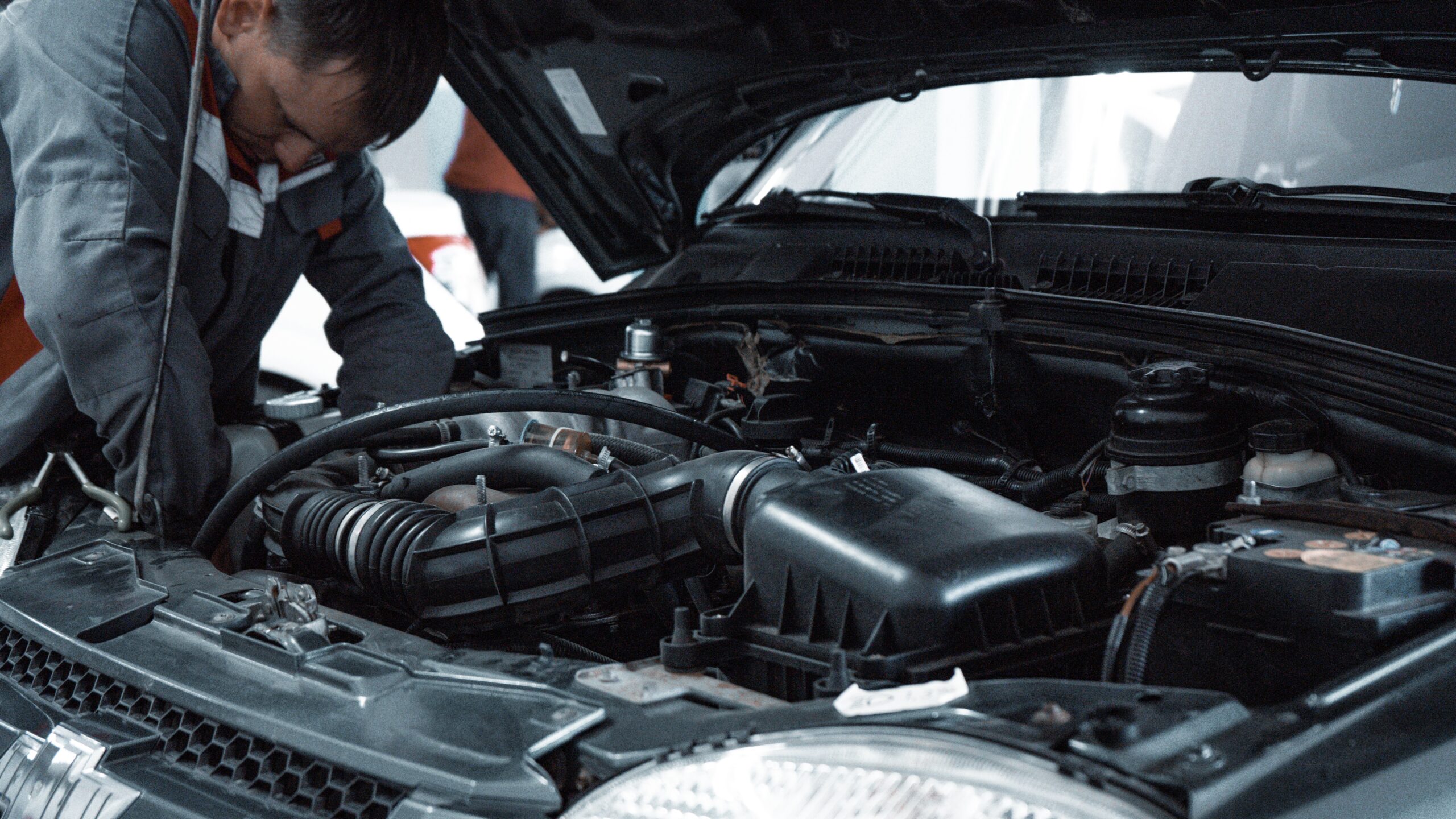Your car is broken. Where should you repair it? Instead of repairing, should you replace the broken parts? Should you just replace the whole car? Making conscious choices about car part repair and replacement can have a positive impact on our planet and our wallets.
People will often believe that when they replace a part instead of repairing it, it will last longer. This might come from the lack of trust towards repair technicians. People might have the mindset that new is always better. Or people just don’t have the time to deal with repairing and it is easier to throw money at the problem to make it go away as quickly as possible.
Understanding the Environmental Impact
The decision to repair rather than replace damaged car parts in motor insurance claims can have a significant impact on CO2 emissions. Research conducted by the Allianz Center for Technology shows that repairing minor damages such as cracked windshields or broken headlights instead of replacing them with new parts can reduce greenhouse gas emissions by approximately 99%. Increasing repair rates by just two percentage points across Europe could lead to annual CO2 emission reductions of around 30,000 tons. This represents a substantial opportunity for the insurance industry to drive positive change and contribute to climate action.
When to Replace Car Parts
Collision estimators consider various factors. The age and value of the vehicle play a significant role in this decision, as the cost of repairs may outweigh the remaining worth of an older car. Collision estimators aim to restore damaged parts to a state close to their original condition, prioritising safety, fuel economy, and overall performance. Misaligned or subpar repairs can have negative consequences for the vehicle and the client’s satisfaction. Additionally, the time required for repairs versus replacements is another crucial consideration. Longer repair times can result in higher labour costs, potentially making a replacement more cost-effective for the client. Collision estimators can accurately assess the condition of damaged parts and recommend the best course of action for their clients’ vehicles.
Who makes the decision whether to repair or replace a car part?
The decision of whether to repair or replace a car part is typically made by the owner of the vehicle in consultation with an expert, such as a collision estimator or a mechanic. The owner, based on their preferences, budget, and the advice given by the expert, ultimately has the authority to make the final decision. The expert provides insights into the condition of the damaged part, the potential for repair, the cost-effectiveness of repair versus replacement, and any safety or performance considerations. However, it is ultimately the owner who weighs these factors and determines the most suitable course of action.
It depends on the insurance company and their contracts with their clients as to what types of repairs or replacements are covered. When a collision estimator or mechanic suggests repairing, but the client wants a replacement, the client is usually offered an opportunity to pay an additional fee or deductible to have it done. Therefore, the decision-making power usually lies in the hands of the client.
What can we do to increase the repair rate?
Increasing awareness among car owners about the benefits of repair over replacement can have a significant impact. By educating customers about the environmental and financial advantages, as well as the quality and safety aspects of repairs, they can be encouraged to choose repair options. This blog post is trying to do just that.
From an insurance company perspective, incentivizing and promoting repair options can play a crucial role. Implementing policies that encourage repairs, such as offering lower deductibles or coverage for repair costs, can effectively influence customers to opt for repairs rather than replacements. In addition, insurance companies can build strong partnerships with repair service providers, which can help ensure the availability of quality repair services. Providing training and support to these service providers can enhance their capabilities and encourage them to prioritise repairs whenever possible.
In conclusion
In conclusion, consciously choosing car part repair over replacement can benefit the environment and our wallets. Repairing minor damages can significantly reduce CO2 emissions, as shown by research. By raising awareness and incentivizing repairs, we can encourage more people to choose the sustainable option. Insurance companies can play a role by implementing policies, building partnerships, and providing support. Together, we can make a difference in reducing waste and emissions in the automotive industry.

